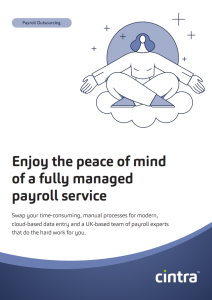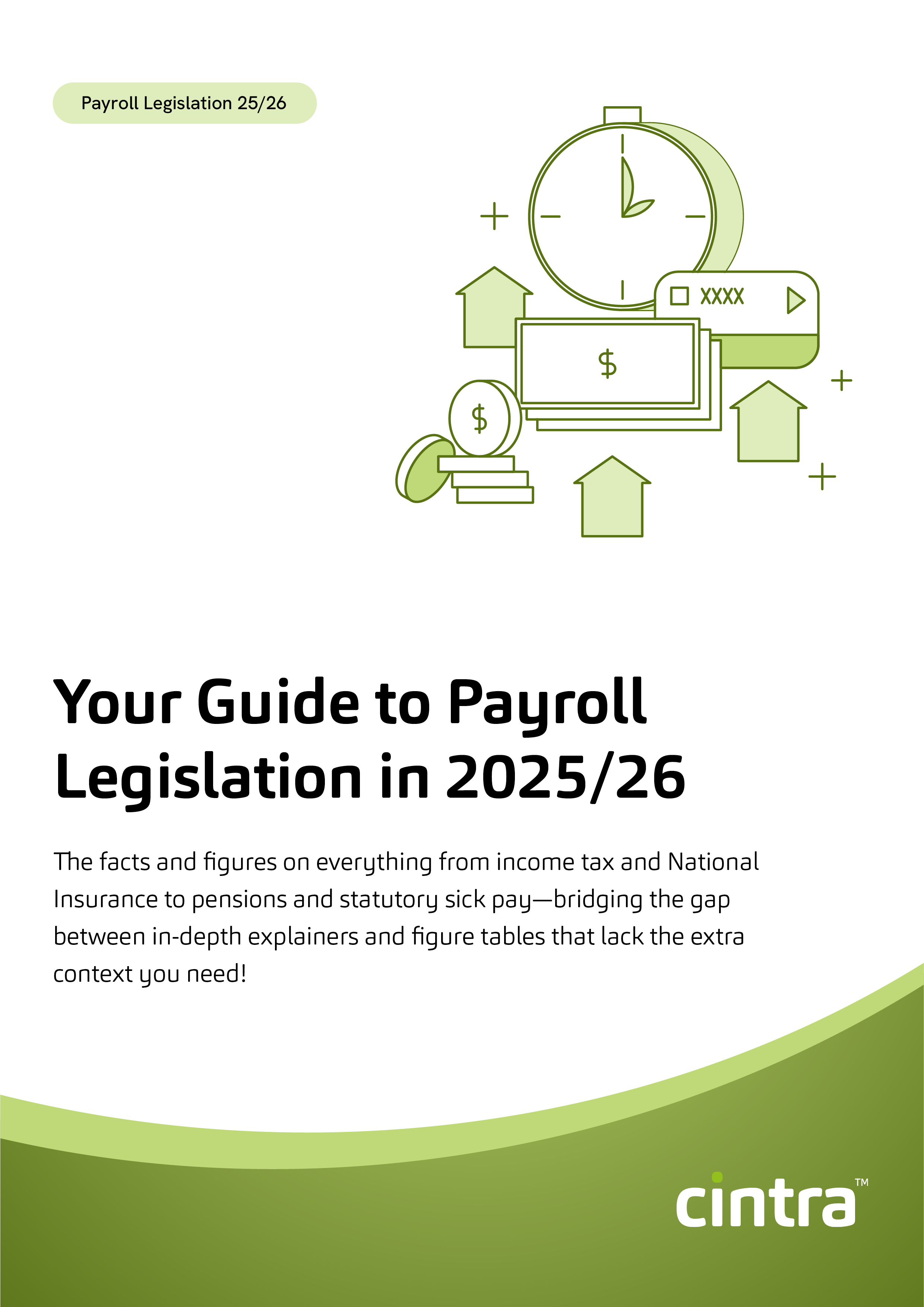Every payroll transaction impacts your company’s accounts, which is why payroll journal entries matter. They track wages, deductions, and taxes, helping you stay compliant with HMRC and maintain financial clarity.
Whether you’re setting up payroll for the first time or looking to refine your accounting skills, understanding how to record these entries properly is key.
Let’s break it down step by step, from what a payroll journal entry is to how to create one with confidence.
What’s a payroll journal entry?
A payroll journal entry is an accounting record that logs payroll-related transactions in a company’s general ledger.
It details wages and salaries paid to employees, deductions (such as income tax, National Insurance, and pension contributions), and employer liabilities.
A typical payroll journal entry includes:
- Debit: gross wages and employer National Insurance contributions (expense accounts)
- Credit: employee net pay (to bank account), PAYE & National Insurance (to HMRC payable account), and pension contributions (to pension provider payable account)
The three types of payroll journal entries
Initial recording
In this entry, you’ll record your employees’ gross earnings (how much they’ve earned before payroll deductions like taxes and benefits) and you’ll also note any withholdings, like income tax or pension contributions. Plus, you’ll have to account for any employment taxes you owe, such as National Insurance.
For example, let’s say Pauline, an employee of yours, earned £2,000 in gross wages, and you had to withhold £400 for tax and £100 for pension contributions. You’d make an initial entry like this:
- Debit wages expense: £2,000
- Credit wages payable: £2,000
- Debit tax withholding: £400
- Credit tax payable: £400
- Debit pension expense: £100
- Credit pension payable: £100
Accrued wages
These are the wages you owe your employees but haven’t paid yet. It’s like recording the wages before you actually hand over the money, and you do this at the end of your accounting period (which might be weekly, monthly, or whatever your business uses).
For instance, say the end of your accounting period is on a Friday, but you pay employees the following Monday. You still need to record the wages they’ve earned up until that Friday.
Let’s say an employee has earned £500 for the last couple of days but won’t get paid until Monday. You’d make an accrued wages entry like this:
- Debit wages expense: £500
- Credit accrued wages payable: £500
This is just a way to recognise the wages that are due, even though you haven’t yet paid them. Once you pay the wages on Monday, you’ll reverse this entry.
Manual payment
This is an occasional entry that happens when something outside of the regular payroll process occurs.
For example, one of your employees just got a promotion and is due for a salary increase. Or maybe you had to let someone go, and their final payslip needs adjusting.
Let’s say Jack was promoted, and his salary increased from £1,500 to £2,000. You’ll need to make a manual payment entry to adjust his pay.
You’d make a journal entry like this:
- Debit wages expense: £500 (difference between old and new salary)
- Credit wages payable: £500
This entry adjusts his pay for the change that was made outside of the regular payroll cycle.
Similarly, if an employee’s final pay needs adjustments for things like unused vacation days, that would also be a manual payment entry.
Get the latest insights and best practice guides, direct to your inbox.
How to do a payroll journal entry
Imagine you own a small business, and it’s payday for your employee, Miranda. Here’s how to do a payroll journal entry:
Step 1. Determine gross pay
First, you need to figure out how much Miranda has earned before any deductions. This includes her base salary, any overtime, bonuses, or other forms of compensation.
Miranda works 40 hours a week and earns £12 per hour. So, her weekly gross pay would be:
40 hours × £12/hour = £480.
Step 2. Calculate deductions
Next, you need to figure out all the deductions that will come off Miranda’s pay.
Let’s break it down:
- Income tax: Miranda’s taxable earnings (after the personal allowance which is £12,570 for 2024/25) are subject to tax. For simplicity, let’s say her tax due is £60.
- National Insurance: again, to keep things simple, let’s say her NI contribution is £40.
- Pension contributions: Miranda contributes £30 towards her pension.
Total deductions = £130.
Step 3. Calculate the take-home pay
Now, you subtract the total deductions from Miranda’s gross pay to find her net pay—this is what she’ll actually take home in a week.
£480 (gross pay) – £130 (deductions) = £350 (net pay).
Step 4. Make the journal entry
Now it’s time to record everything in your accounting system. You’ll need to create a journal entry that reflects the following:
- Debiting the wage expense for the total gross pay.
- Debiting the relevant payroll tax expense accounts (for income tax and NI contributions).
- Crediting the liability accounts for what you owe HMRC.
- Crediting the cash account for the net pay you’ll pay Miranda.
Here’s how that would look:
| Account | Debit | Credit |
|---|---|---|
| Salaries expense | £480 | |
| Income tax payable | £60 | |
| National Insurance payable | £40 | |
| Pension payable | £30 | |
| Cash | £350 |
Step 5. Make corrections if needed
Before finalising, always review your numbers to make sure everything’s accurate.
After reviewing the payroll journal entry for Miranda, you realise that you overlooked a recent raise she received. To correct this, you adjust her gross pay and update the journal entries to reflect the change accurately.
Cintra keeps your payroll journal accurate, efficient, and on track
We know manual payroll entries can be time-consuming and prone to mistakes. That’s where Cintra comes in. Our cloud-based payroll software simplifies payroll accounting by automating calculations, deductions, and journal entries.
Book a demo today to speak to one of our payroll experts.

Find out more about Cintra's award-winning outsourced payroll services.
Download your Cintra Source brochure


